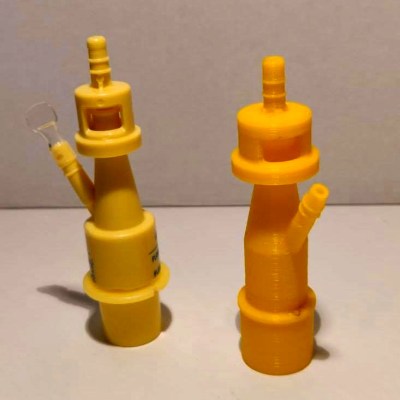This week the new coronavirus has spread like wildfire. The good news last week has been the success with which China, Taiwan, and Singapore have handled the epidemic, and that western nations are just beginning to emulate their approach of reducing person-to-person interactions as much as possible to slow the rate of infection. The bad news, however, is that countries like Italy currently have a number of cases that is overwhelming their health system, and that the disease seems to be spreading rapidly in other countries. It’s going to get a lot worse before it gets better.
Our sincerest thanks go out to all of the medical professionals who are providing care in this difficult situation. But also to those who are providing public infrastructure in less obvious ways: the cashiers who subject themselves to hundreds of contacts per day just so that you and I can buy toothpaste, for instance. The rest of us are staying at home as much as possible, washing our hands, and slowing the spread as much as possible simply by not catching or passing on the virus.
Of course, everyone wants to help, and there have been some heroic hacks. The fablabs and hackerspaces in Italy who’ve been 3D printing respirator parts for instance, have directly and obviously helped save lives. With respirators being the limiting factor in many hospitals, we’ve also seen an effort to design an open source ventilator, adapt one to serve multiple patients, and even a start towards converting a CPAP fan into a ventilator for emergencies.
But most of us don’t have medical expertise. If you have spare CPU cycles, consider donating them to the folding@home effort to simulate the proteins in the virus. And any hack to make the lives of those stuck in voluntary quarantine more “normal” is perhaps as important in the long run. I made a simple clock to help my son who’s stuck at home and can’t yet tell time, adjust to his new daily routine. Others have made more obviously whimsical devices. We like this computer-vision face-touching alarm. If it makes people smile while slowing down one transmission vector, it’s a win.
If you have the expertise, consider helping out your local schools with telepresence and online education. While a number of colleges are already geared up for distance learning, it’s uncharted territory for primary education most everywhere. I’m sure you can also think of other ways to help out locally. If so, don’t hesitate to tell us your success stories.
For the rest: simply washing your hands, staying healthy, and not passing the virus on to others is a quietly heroic act that we think shouldn’t be overlooked. Thanks.
This article is part of the Hackaday.com newsletter, delivered every seven days for each of the last 212 weeks or so. It also includes our favorite articles from the last seven days that you can see on the web version of …read more
Source:: Hackaday

